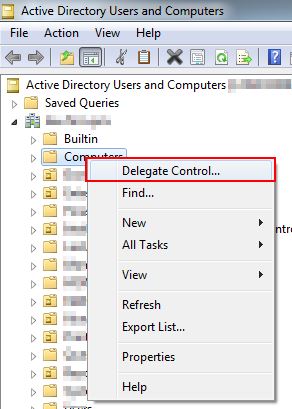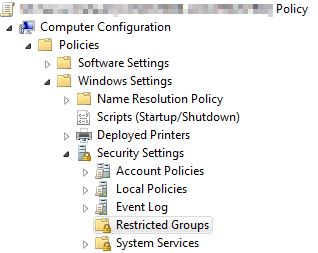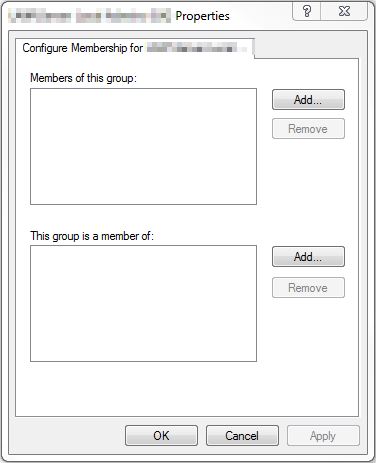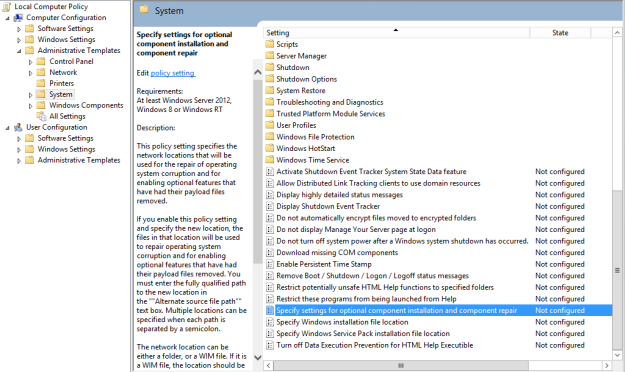When using Veeam Backup & Replication 9.5 to backup SQL Server 2012 databases the transaction log was failing to be truncated for one database. The database was using the full recovery model and the user account specified in Veeam’s Application Aware Processing had the required permissions and was successfully truncating the log of other databases on the same SQL instance. The warning is displayed in Veeam as below.

Veeam logs additional information in the VeeamGuestHelper log in C:\ProgramData\Veeam\Backup\VeeamGuestHelper_DATE.log.

To resolve the error I added the following registry keys in the two locations below. In my case the full registry path didn’t exist under Wow6432Node so I had to create it manually.
HKEY_LOCAL_MACHINE\SOFTWARE\Wow6432Node\VeeaM\Veeam Backup and Replication\
HKEY_LOCAL_MACHINE\SOFTWARE\VeeaM\Veeam Backup and Replication\
Name: SqlExecTimeout
Type: DWORD
Value: 600
Name: SqlLogBackupTimeout
Type: DWORD
Value: 3600
Name: SqlConnectionTimeout
Type: DWORD
Value: 300
If you’re encountering this error it my be due to a large number of SQL Server virtual log files (VLFs). See these blog posts for more information on the issue and how to resolve it.















